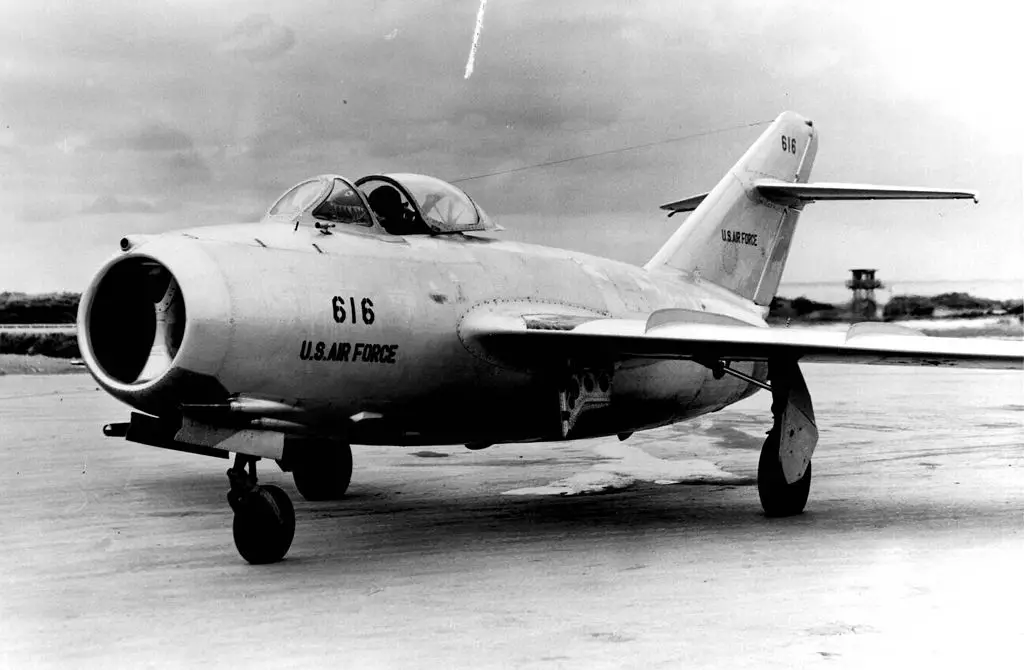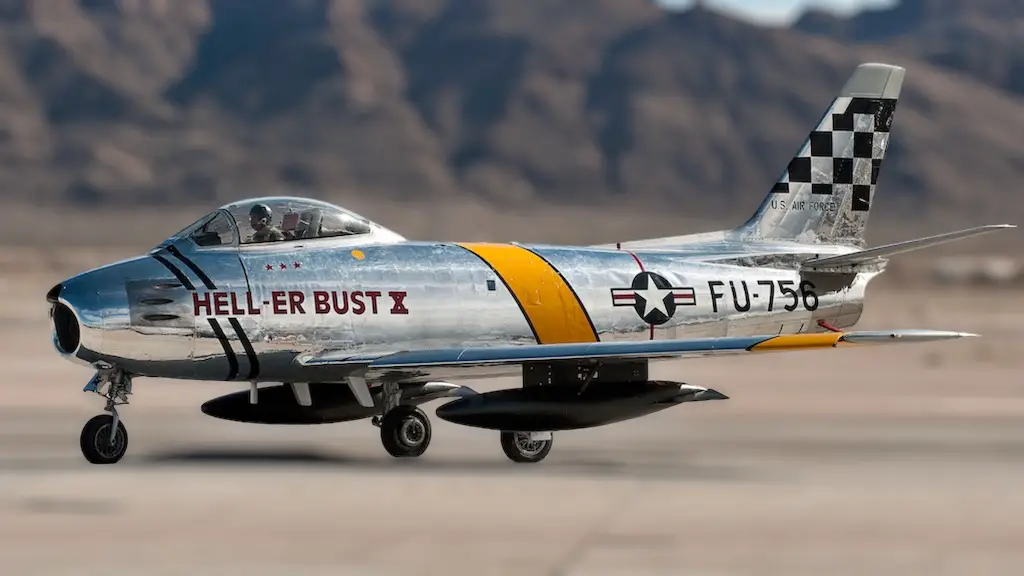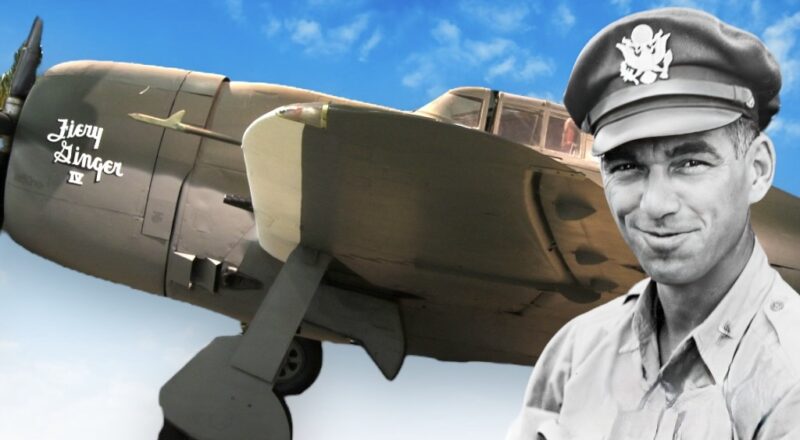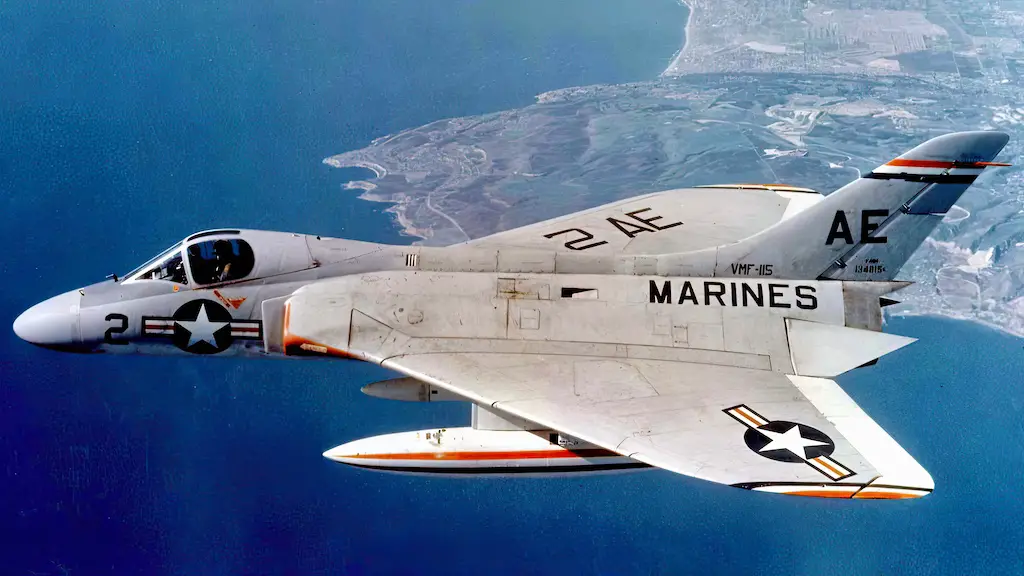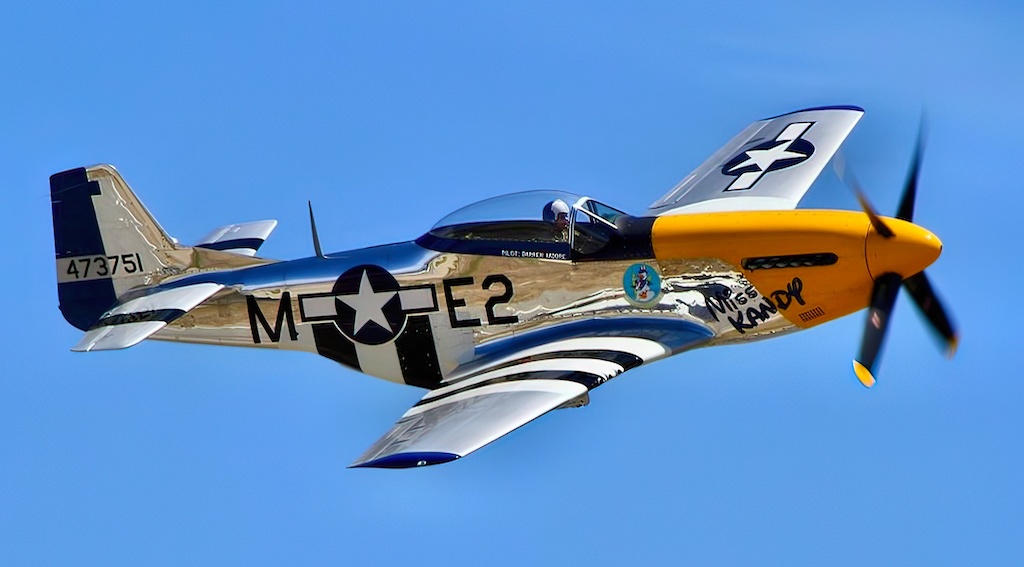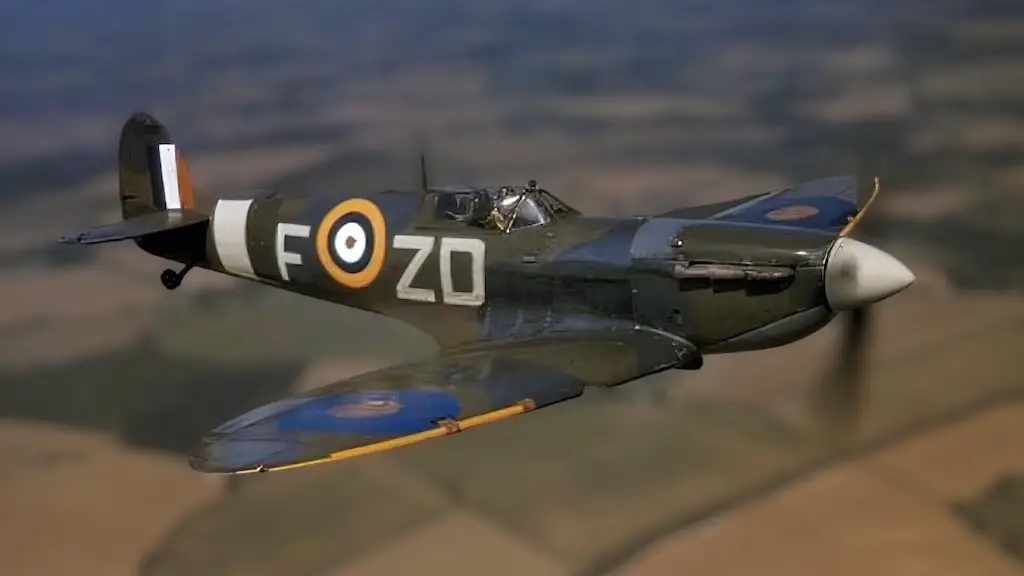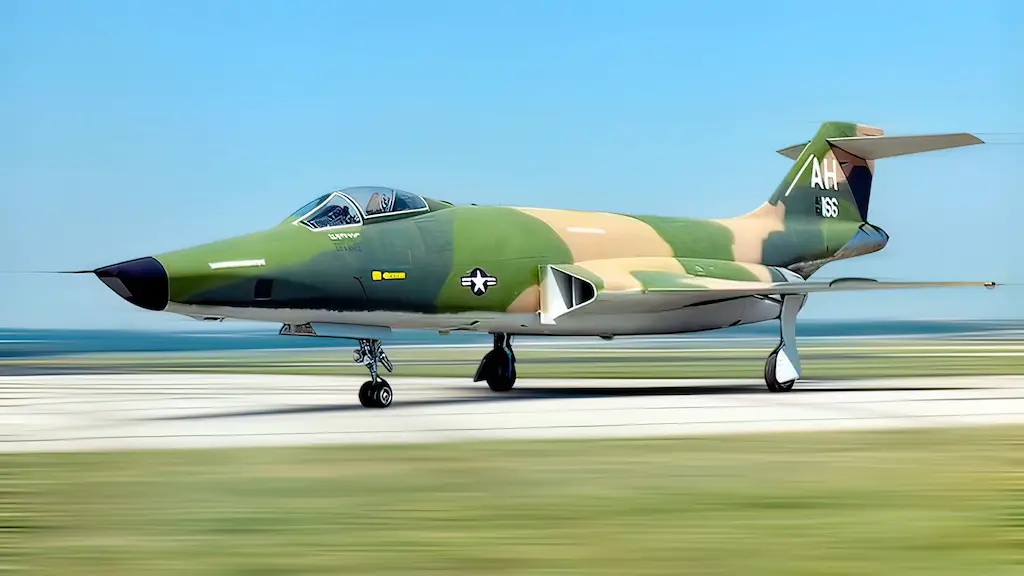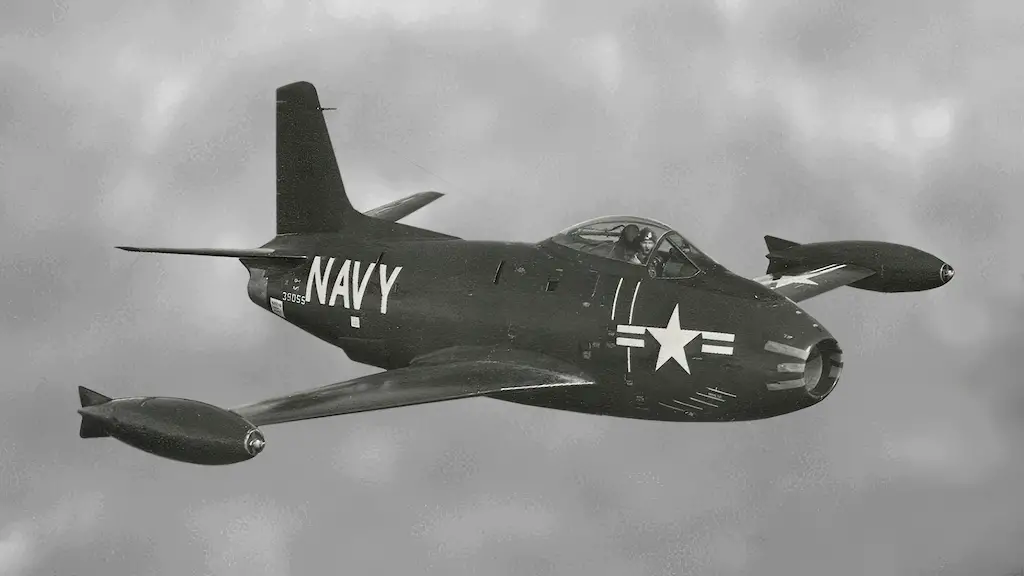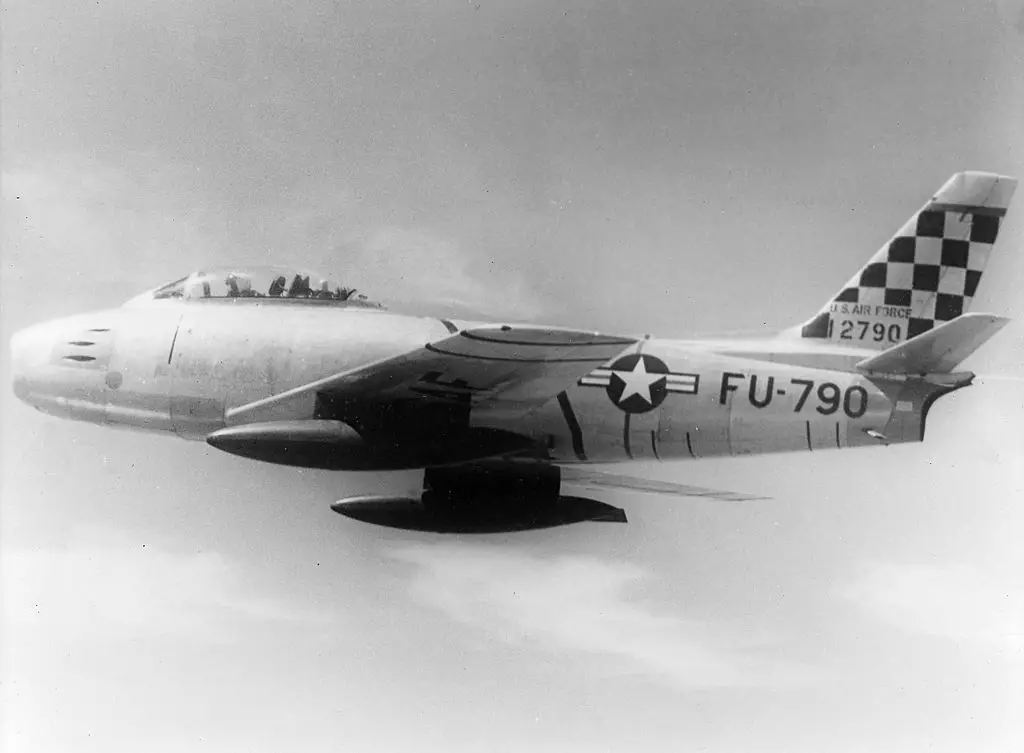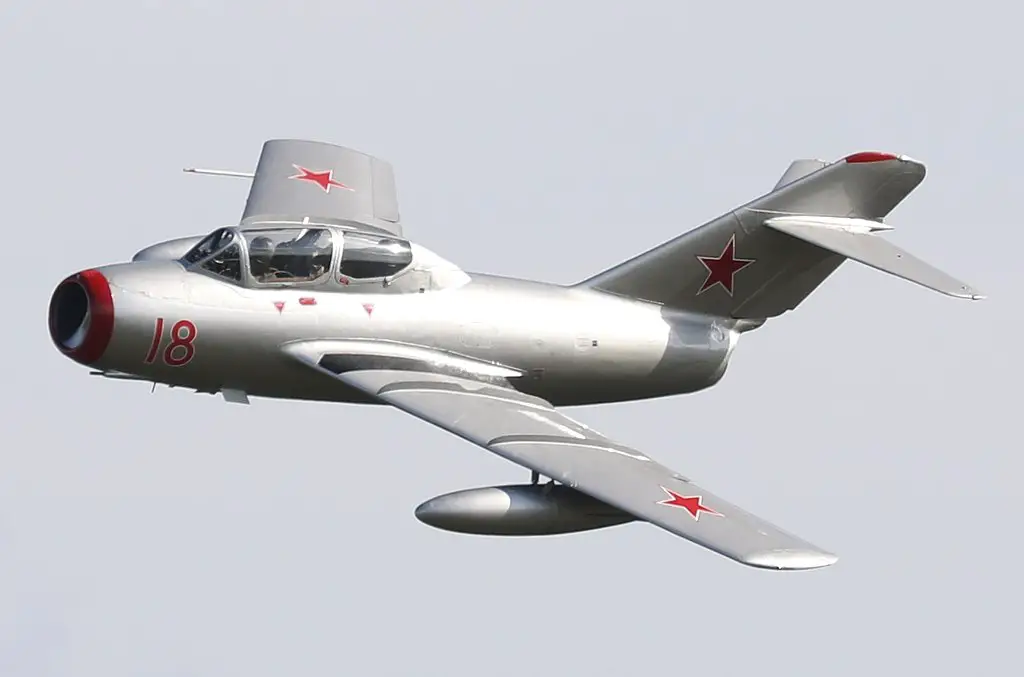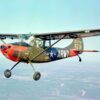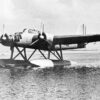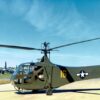Strengths and weaknesses
What does a Superpower state need? Security, prosperity, diplomatic respect, and of course, they wouldn’t mind obtaining their adversary’s latest and strongest aircraft. For one, they would be able to learn the plane’s strengths and weaknesses and would know precisely how to counter them efficiently. There were many instances of aircraft being stolen during wars. And there’s a notable example of aircraft theft during the Korean war.
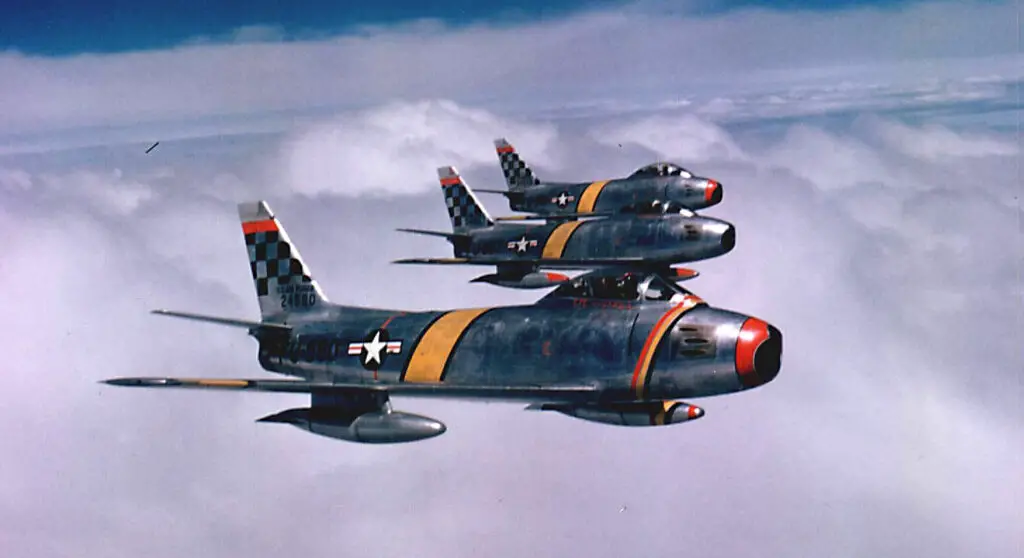
The Korean was the first conflict that saw heavy use of jet fighters from both sides. While the North Koreans used the Soviet MiG-15s, the U.S. had the North American F-86 Sabre (also known as the Sabre jet). While the aircraft looked similar in design, they were quite different when it came to performance, and the Soviets decided to steal a Sabre to see what it was truly capable of.
The F-86 first entered service as part of the USAF 1st Fighter Wing’s 94th Fighter Squadron. They were capable of transonic speeds, making them far superior to their predecessors. The Sabres quickly became the main air-to-air fighters used in the Korean War because there were the only aircraft that could be used to counter the MiG-15s effectively.
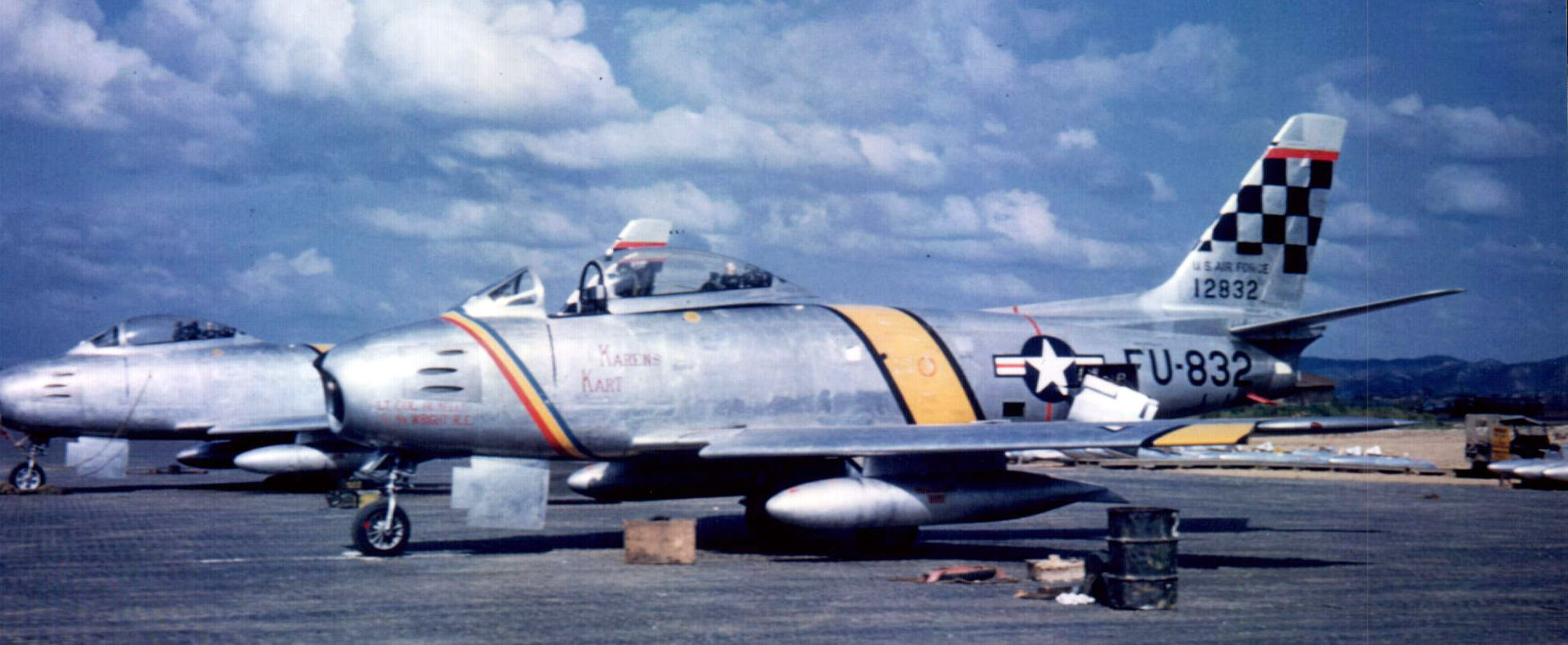
MiG 15 Comparison
While the MiG-15 was superior in ceiling, acceleration, rate of climb, and zoom, the F-86 Sabre excelled at lower altitudes with its superior manoeuvrability. The Sabres, however, had better aim, for which the MiG made up by having more firing power with two 23-mm and a single 37-mm cannon.
The aerial battles would subsequently show that the two aircraft were evenly matched, and so were the pilots. Most of the Sabre pilots were WWII U.S. veterans. Although officially, the MiGs were flown by Korean pilots, Soviet fighters actually did much of the flying, many of whom were WWII veterans.
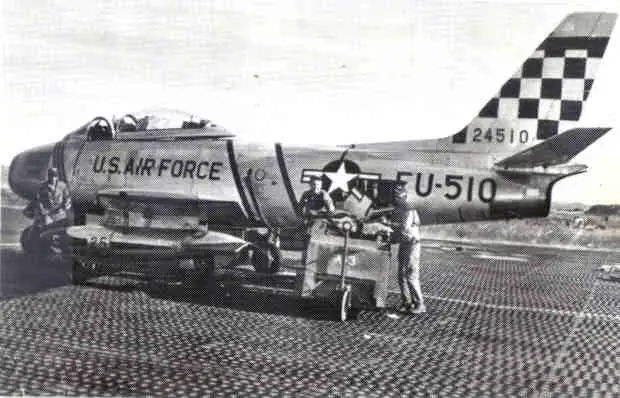
Not being able to secure aerial superiority, the U.S. wanted to get its hands on a MiG-15. So they launched Operation Moolah intending to obtain the aircraft through the defection of a Soviet pilot. Secret agents in the Soviet Union began spreading rumors the U.S. would give $100,000 and citizenship to the soviet pilots who would bring them a MiG-15.
But the opposite would happen, with the Soviets getting their hands on the new U.S. Fighter sooner.
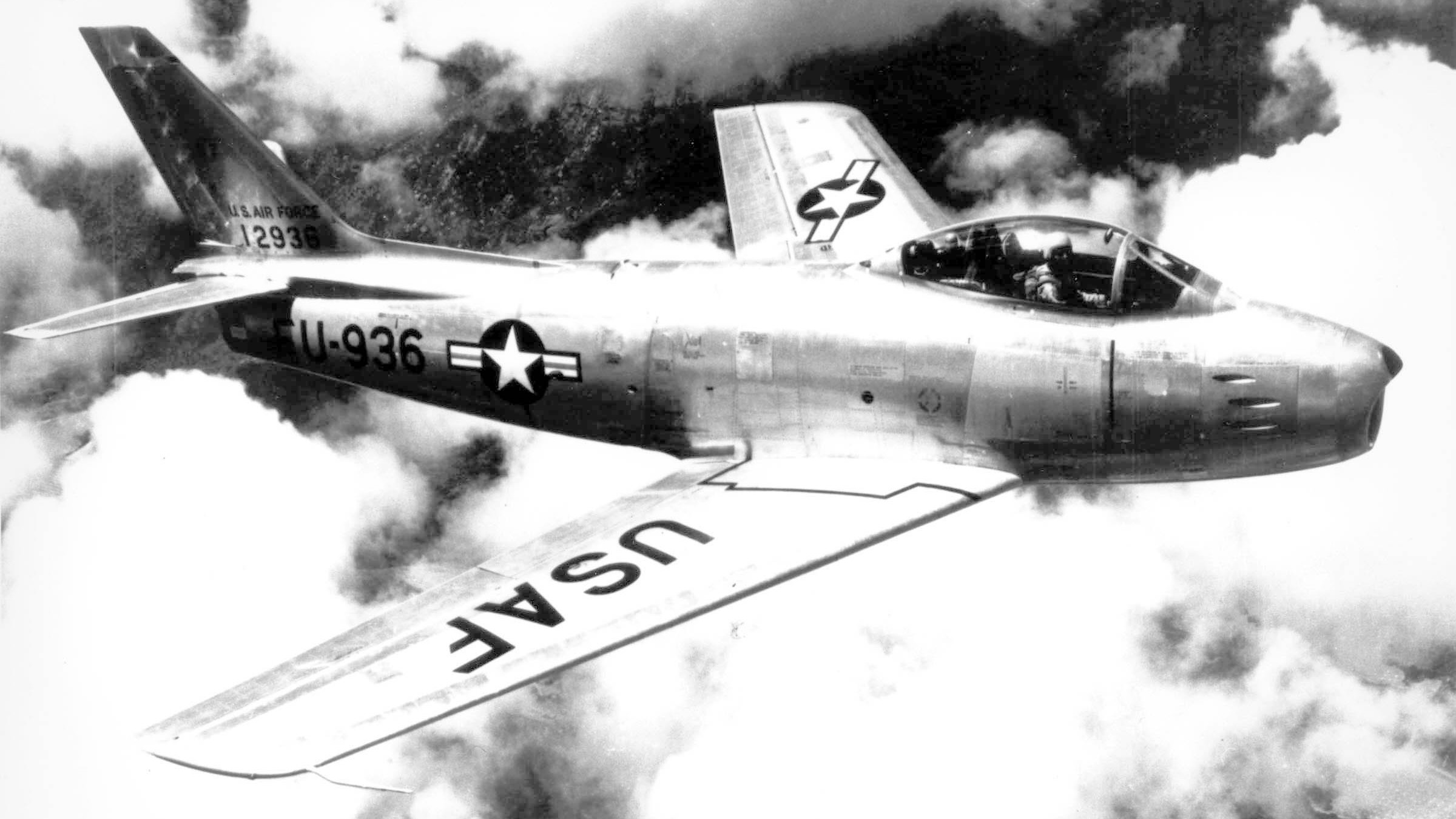
Aerial engagement
On October 6 1951, 2nd Lieutenant Bill N. Garrets patrol got into an aerial engagement against the Soviet 324th Fighter Air Division. The pilots in that division were among the best that the Soviet Union had. Garrets’ Sabre was hit and ordered back to base while the rest of his patrol continued to fight. The U.S. wasn’t taking any risks, knowing that the enemy wanted to get a hold of their jet.
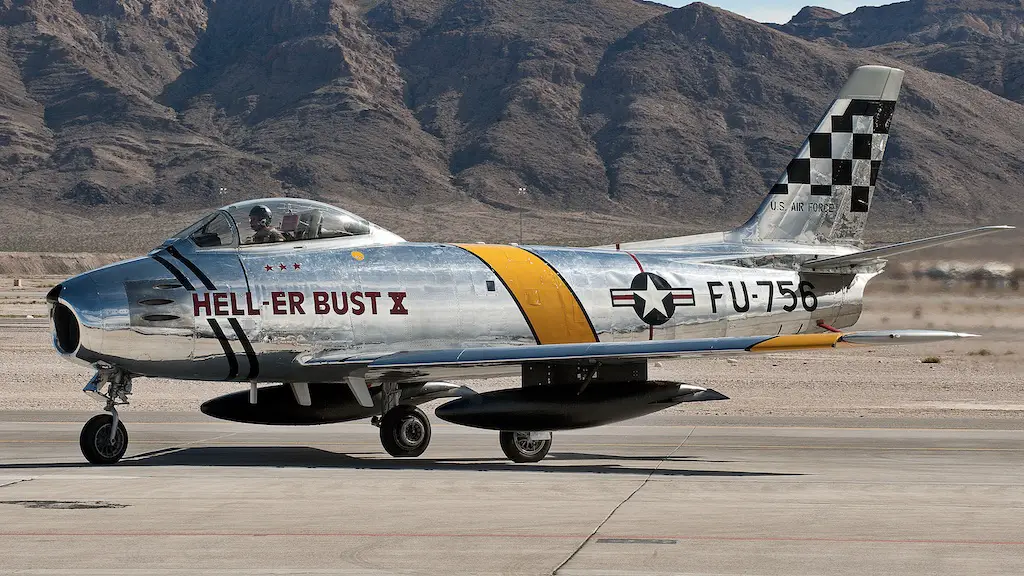
Losing altitude
Unfortunately, on his way back, he encountered a patrol of four MiG’s headed by Captain Konstantin Sheberstov. The enemy Captain knew that he would do a great service to his country if he managed to “capture” the Sabre. Shebertsov climbed to 3,300 feet, and when he closed in on his target, he opened fire.
The Sabre took a beating; it was hit behind the cockpit, damaging its J-47 engine. Garret began evasive manoeuvres to try his best to shake off the MiG-15 aircraft, but he started losing altitude.
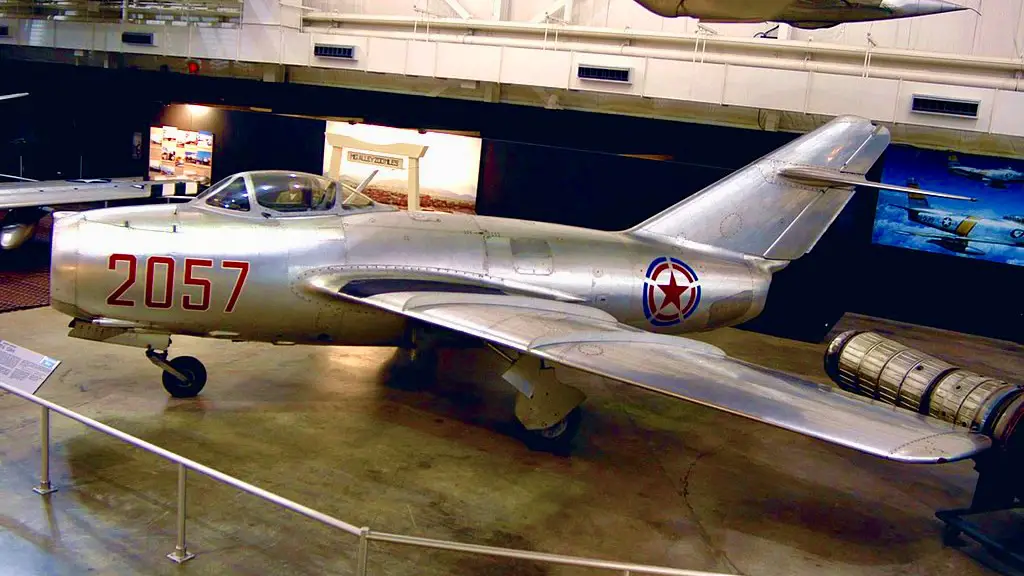
Friendly airspace
Despite the dire circumstances, there was still hope. Garret knew that the Soviet pilots couldn’t fly into UN-occupied territory, meaning into South Korea, there were also told not to fly too close to enemy aircraft to avoid identification. In addition, the Soviet Union was not officially involved in the Korean War and was trying to reduce the possibility of getting exposed as a contributor to the North Korean side.
Garret needed to reach the friendly airspace, and he would be safe. Shebertsov knew that the American pilot intended to do just that, but he couldn’t destroy the aircraft which held valuable information.
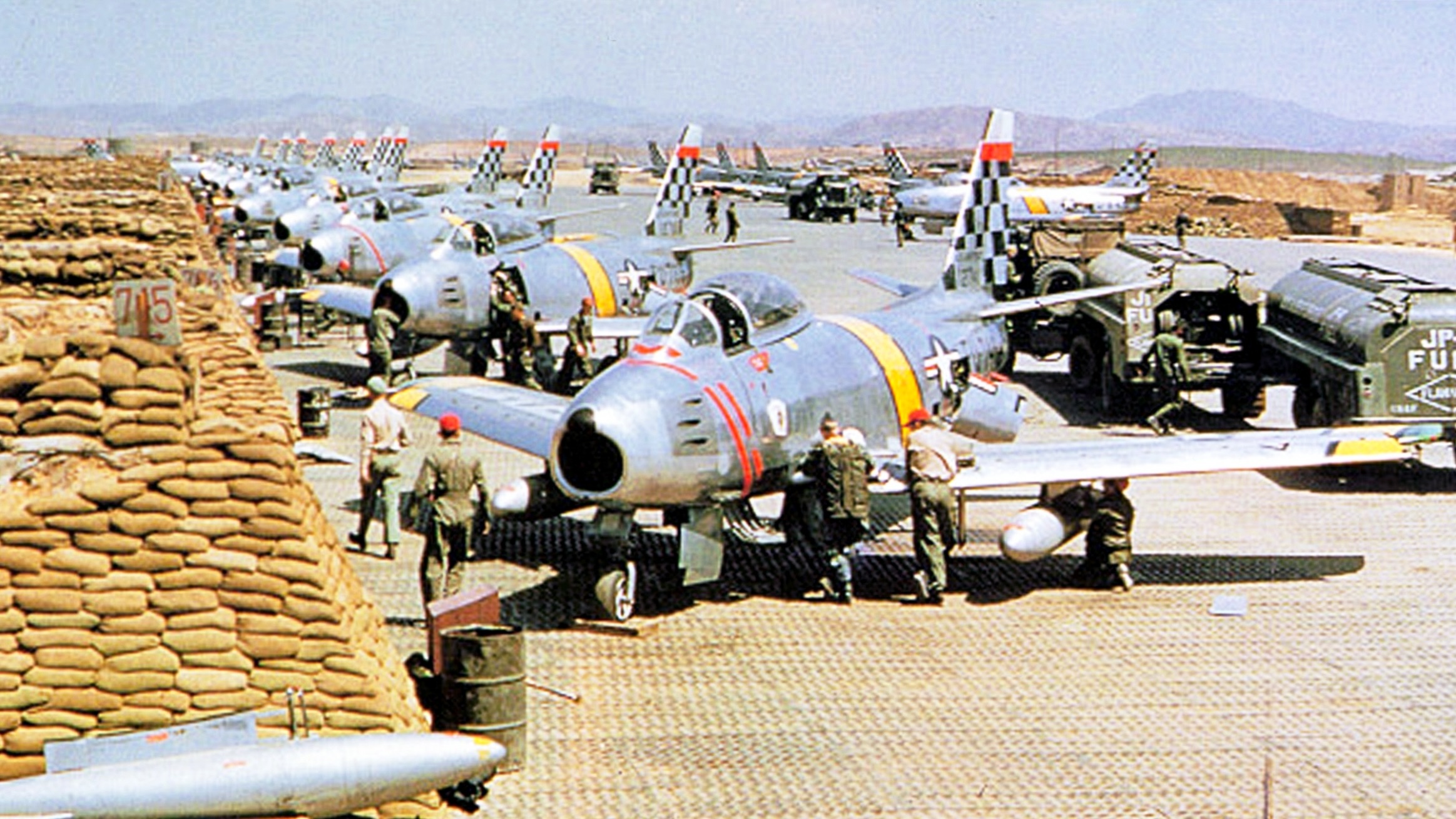
Minimal damage
The F-86 Sabre continued to slowly lose altitude, which was ideal because, at that rate, it was likely to crash with minimal damage. Despite all the damage his Sabre sustained, Garret tried his best to reach the Yellow Sea, trying to make it as close to the friendly territory as possible.
Unfortunately, he didn’t reach the UN-occupied areas and crashed into the beach. He was soon rescued, but they were forced to leave the aircraft behind as the enemy began firing at them.
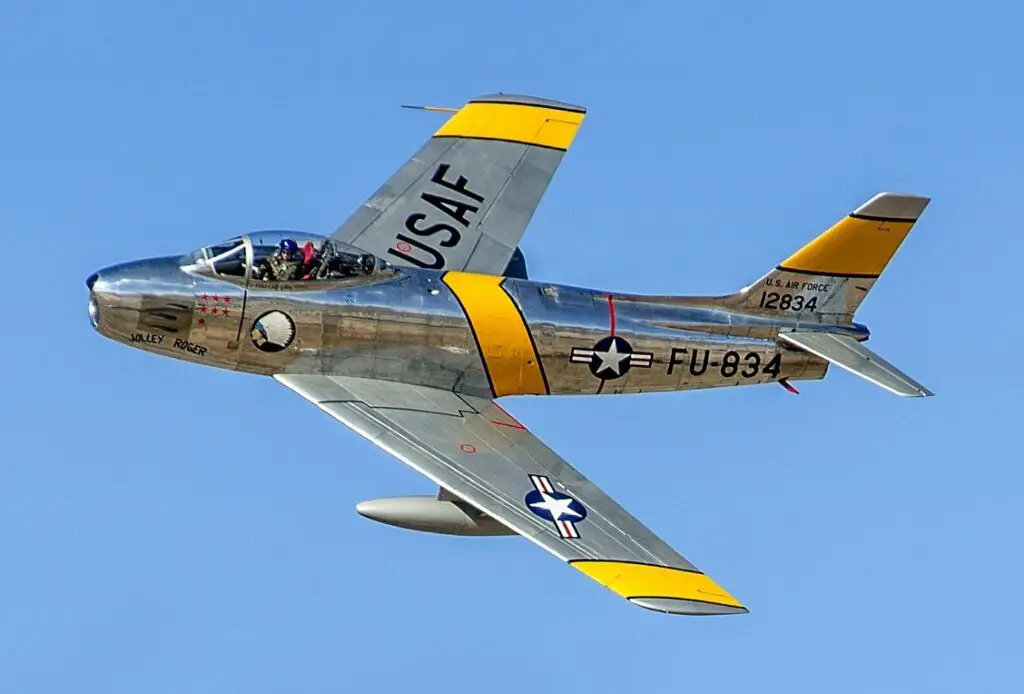
Hard fight
The MiGs in the sky began fighting even harder to claim their prize while the Sabres tried to fight them off. Nature was on the American side, though. Soon the tide started coming in, and the North Korean forces scrambled to disassemble the Sabre before the sea swallowed it. But the Americans would shoot at them from the sky and by U.S. Navy ships sailing off the coast.
Eventually, the Soviets got the Sabre, albeit at the cost of losing seven of their own fighters. The pieces of the F-86 would eventually reach the Soviet Union, but they had to be moved at night because the Americans had followed them into China and had attacked the trucks carrying the prize, but the Soviet and Chinese pilots would harass them, providing safety to the truck.
Operation Mullah would eventually give Americans a prize of their own. All of the radio broadcasting and leaflets dumped out of planes finally paid off. On September 21, 1952, Senior Lieutenant No Kum Sok defected to the UN-controlled territories in the South, landing at the Kimpo Air Force Base on his MiG-15.
